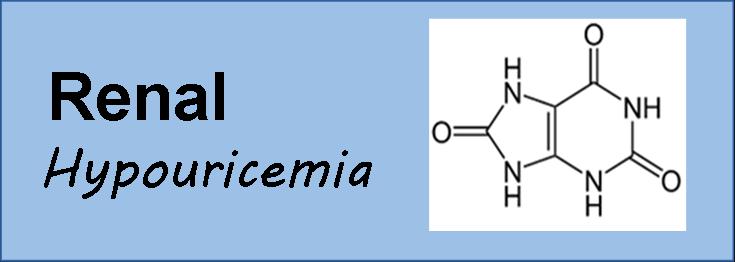Renal hypouricemia (RHUC), a rare inherited disorder characterized by impaired uric acid (UA) reabsorption in the proximal tubule, is caused by mutations in SLC22A12 or SLC2A9. Most mutations have been identified in Japanese patients, and only a few have been detected in Europeans.
We report clinical, biochemical and genetics findings of fourteen Spanish patients, six Caucasians and eight of Roma ethnia, diagnosed with idiopathic RHUC. Two of the patients presented exercise-induced acute renal failure and another one had several episodes of nephrolithiasis and four of them had progressive deterioration of renal function, while the rest were asymptomatic.
Molecular analysis revealed SLC22A12 mutations in ten of the patients, and SLC2A9 mutations in the other four. A new heterozygous SLC22A12 missense mutation, c.1427C>A (p.A476D), was identified in two affected members of the same family. The rest of the patients presented homozygous, heterozygous or compound heterozygous mutations that have been previously identified in patients with RHUC; SLC22A12 p.T467M and p.L415_G417del, and SLC2A9 p.T125M. Expression studies in Xenopus oocytes revealed that c.1427C>A reduced UA transport but did not alter the location of URAT1 protein on the plasma membrane.
The biochemical and clinical features of our patients together with the genetic analysis results confirmed the diagnosis of RHUC. This is the first report describing SLC22A12 and SLC2A9 mutations in Spanish patients.


